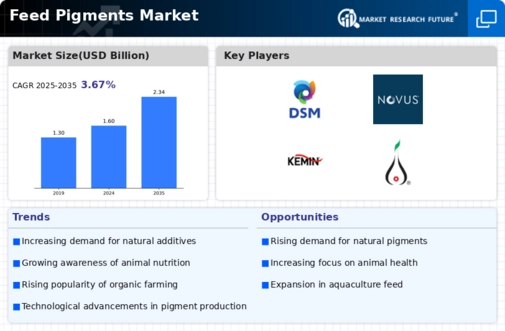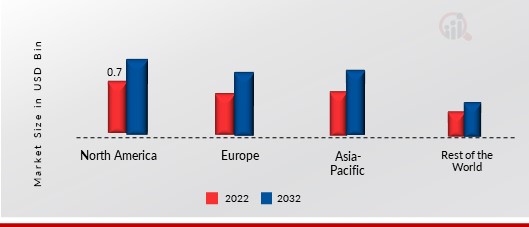Market Trends
Key Emerging Trends in the Feed Pigments Market
The animal food color market is seeing important changes that show how things are changing in feeding animals and the different tastes of people. One big change is that many people want food coloring for animals to be more natural and friendly to the environment. Now, more and more people want food that doesn't have many ingredients they can't pronounce. This often comes from caring about the environment too. Feed makers are starting to use plant-based colours like those found in marigold flowers or paprika instead of fake ones made in a lab because it is what most consumers now prefer. This trend matches what people expect from products, especially those that are kind to animals and good for the environment. This is shaping companies to use more green ingredients in their items. This has caused a big increase in work to find new natural sources and ways of getting those things used for color. This is important because it helps meet the need for these pigments without harming our environment. Another important movement is paying attention to animal health and how they do things through special feed colors. Beside their usual job of making colors brighter, pigments like carotenoids are becoming known for helping to keep people healthy. Some colors work as protectors, helping the health of animals and birds by keeping their immune system strong. The move toward food items that do jobs shows a change in how the animal feed business thinks. They now focus more on overall health and energy benefits of dyes used to color their animals, besides making them look pretty. It's probably going to push for more progress in making pigments that have extra health benefits. The upswing of animal food nutrition is influencing the feed color market. This change comes from technology improvements and information-led methods. Farming technologies such as sensors and data analysis are being used to track animal health and diet needs more correctly. This also means that feed colors can be adjusted to meet specific needs. The way we feed animals is getting more accurate. This matches other moves to make farms better and use resources well. It helps the pigment market for animal food grow bigger and fancier too.








Leave a Comment